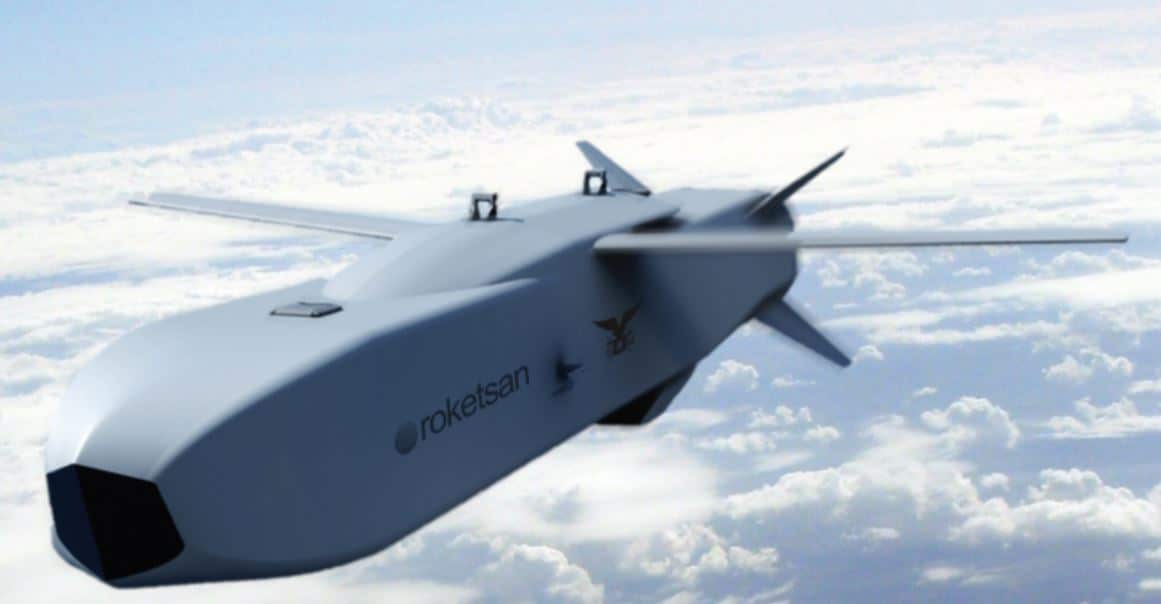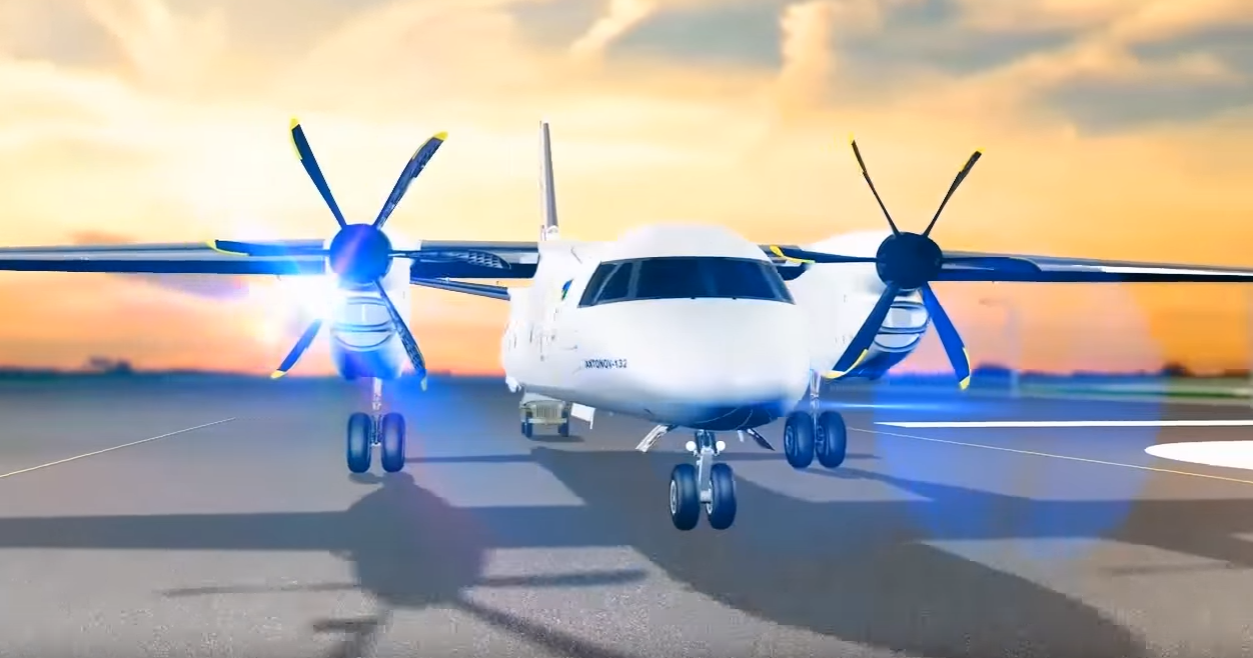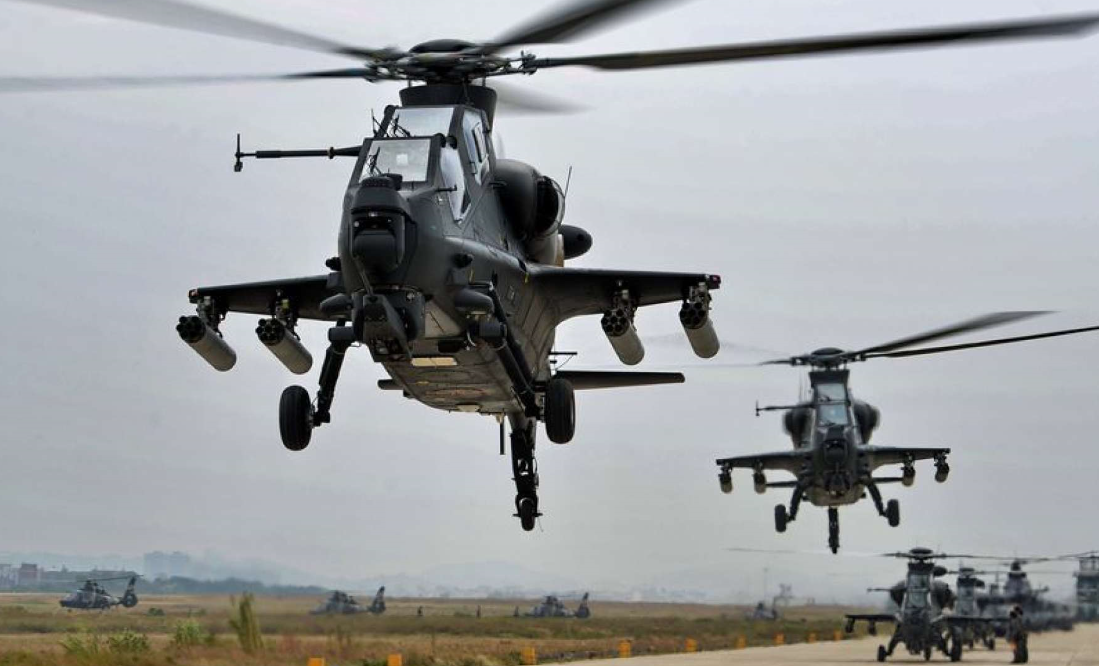2540Views 12Comments

Turkey contracts Kale Aero to develop miniature turbojet for missiles
Turkey’s Undersecretariat of Defence Industries (SSM) has contracted the private-sector Turkish company Kale Havacılık (Kale Aero) to design, develop and produce a miniature turbojet engine for Roketsan’s new cruise missiles, including the Standoff Missile (SOM). Domestic engine production is to begin next year.
The SOM is a result of Turkey’s longstanding indigenization drive aimed at reducing the country’s reliance on overseas suppliers for weapons. This is a particularly sensitive issue with stand-off weapons (SOW), which can be costly to procure from overseas and potentially subject to export restrictions.
Currently, the Roketsan SOM and Atmaca anti-ship missile (AShM) rely on the Safran Microturbo TRI 40.
To pivot to domestic sourcing, Turkey identified the need to develop, test and manufacture sub-systems such as alternator, fuel control system, electronic control unit, fuel pump, pyrotechnic igniter and combustion chamber. It also needed to develop testing equipment.
With the SSM aiming to commence serial production of domestically-powered SOM missiles next year, it appears that Kale Aviation’s development efforts of the above technologies (which had been displayed in various forms since 2012) are complete or nearing completion. In 2017, Kale revealed a prototype of the Kale 3500 miniature-turbojet engine for the SOM and, potentially, Atmaca.
The SOM has a range of over 250 km. It has a total weight of 589 kg, with the warhead taking up 227 kg. In turn, the SOM’s warhead options are High Explosive and Blast Fragmentation, with guidance options including satellite-aided inertial navigation and terrain reference. Roketsan is also working with Lockheed Martin to develop the SOM-J, a smaller variant for use from the F-35 Lightning II’s internal weapons bay.
Joining the SOM in the near-term will be the Atmaca, a sea-skimming AShM. In October, the Turkish Navy announced that the Atmaca had undergone successful firing tests. Designed as an analogous solution to the MBDA Exocet and Boeing Harpoon, the Atmaca weighs 800 kg (with a 200 kg warhead) and relies on a mid-course INS/GPS guidance suite with a terminal-stage active radar-homing seeker.



12 Comments
by Joseph
Roketsan SOM kind of looks like Taurus KEPD 350, but smaller, maybe designed from beginning to fit in F-35 internal weapon bay.
by TanhayeekiZubani
Always good to go indigenous. Uncle Sam will eventually dump Turkey (as he does almost every ‘ally’). Good for the Turks
by Steve
We need to stop screwdriver-giri and copying with missiles, tanks, and planes and actually invest in manpower to do original R&D, or we will be left far behind. In the West our people do high end stuff, only in Pakistan things fail like SUPARCO or limp along producing poor products. It’s not hard just needs a decision at the top and strict implementation. Also need investment in infrastructure (like wind tunnels) and educated and trained manpower. Don’t badmouth and hound foreign trained people out of institutes please!
by RA
Quality education, education, education, education, education,— ad infinitum!!!! Everything else will follow, trust me! Education must be high quality, not just any education for the sake of appointing worthless degrees.
by Bilal Khan
It depends on how of a strike role the PAF envisions the JF-17 actually having. Deploying the C-802 AShM for A2/AD or the 60 km REK for a cross-border strike is one thing, but thus far the Ra’ad has been viewed as a strategic stand-off weapon (SOW) asset. Moreover, while a mini-Ra’ad is a good idea in some respects (e.g. giving the JF-17 a very long-range strike envelope), it is also costly. I don’t think the turbojet and flight control system would change between the Ra’ad/II or Ra’ad-mini, but despite spending as much on the critical systems the Ra’ad-mini would not have the payload (and possibly even the range) of the Ra’ad/Ra’ad II. If those critical components can be had for a lower cost, then yes, a Ra’ad-mini would be a solid addition to the JF-17.
by Omar Dar
These are all lofty goals but all of this boils down to economics. There are unlimited wants but only limited resources. Importing missiles is necessary for defense, but if one has the money, it is more important to ensure clean water supply rather than investing in R&D to develop cruise missiles.
by Steve
Pakistan is a large country of 200 million. It has performed below potential because of economic mismanagement and corruption in all spheres of life and development and we all know that. Having clean water and indigenous missiles to defend us is not a zero sum game. We can and should be able to do both at the same time. Other countries do it. We are perpetually lamenting that fact that our ‘leaders’ choose to make the country poor and their families rich. It should be fixable.
by Steve
I would be surprised if the brass are neglecting issues of carrying Raad and CM-400AKG in Block III. It’s an overarching conventional parity issue. Hope we are also looking to get RD-33MK. It’s crucially important for a variety of reasons. As usual there is deafening silence from PAF, apart from the ‘impregnable’ defence by ‘indigenous’ products for the masses consumption. Need to export off some Block II to earn money and fund Block III.
by sorat
the final state is as seen in the picture.
https://i.hizliresim.com/GylDo3.jpg
by Abdul Rashid
Exactly Steve, “impregnable defence”, “latest technology”, “state of the art”, “capability to meet any challenge”, etc, etc. Anything and everything under the Sun except specific details.
by Bilal Khan
Topped with “heartiest felicitations” …
by Steve
Of course people who know are duty bound not to reveal it until publicly released 😉 Just have to trust PAF to do the right thing. In the meantime just have to put up with all the meaningless phrases you mention lol.